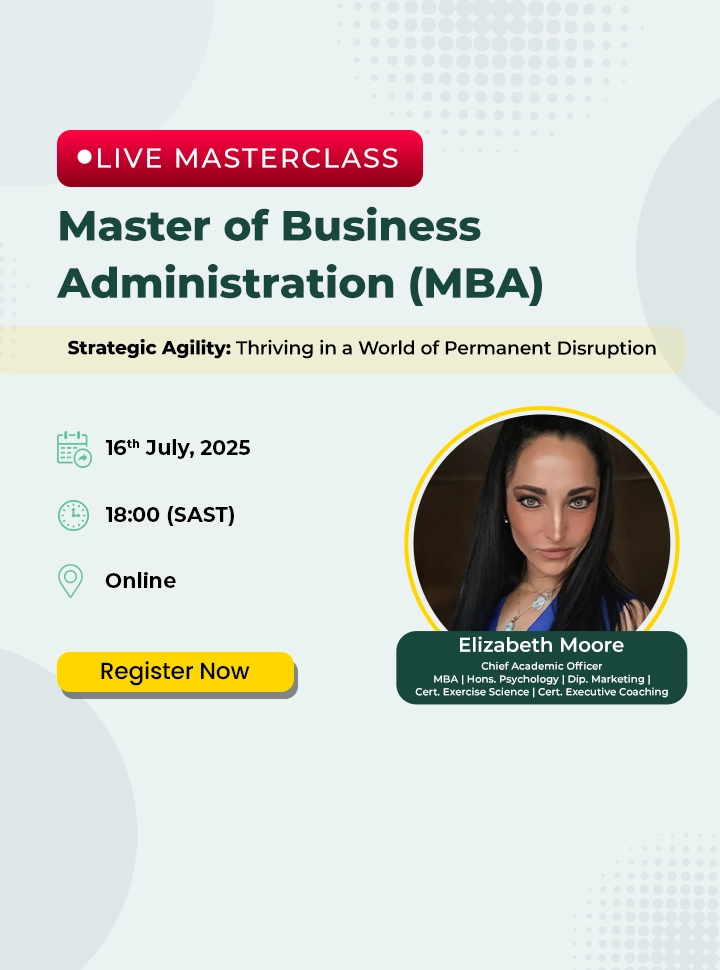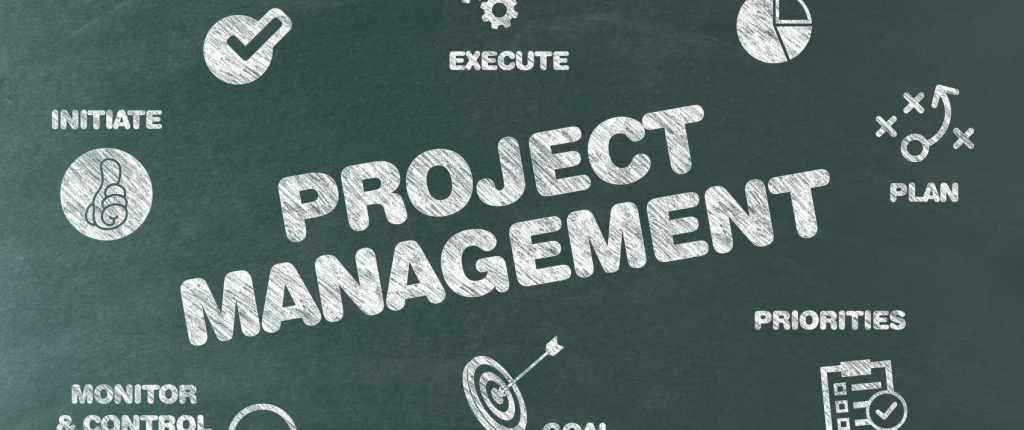Any business constantly needs new ideas and new solutions to situations and problems. Brainstorming is a simple, cost-effective technique that can consistently deliver superlative results.
Brainstorming is a free-flowing, spontaneous conversation that generates new ideas in a short space of time. It can be used for identifying business opportunities, resolving organisational issues, unblocking constraints, and any sort of general problem-solving.
1. Preparing for the Brainstorm
Get the most out of your brainstorming session by preparing as follows:
1.1 Define the problem
Select a specific topic. Clearly define the nature of the problem and why it is a problem. The clearer you can define the matter, the more effective your brainstorming session will be.
1.2 Specify the outcomes
A brainstorm is an open-ended wide-ranging, but you will want to specify the outcomes you want to achieve. This will help guide the conversations. You will know where you are going.
1.3 Choose a skilled facilitator
The facilitator can make or break the brainstorming session. If they manage the process too tightly, creativity will be stifled. If they manage the process too loosely, the outcome may be a bewildering array of unconnected ideas and suggestions. The facilitator need not be a senior executive, but they must be able to create an open, free atmosphere and be able to reign in dominant participants. The facilitator should be able to apply techniques to foster creativity, as well as keep the process moving forward.,
1.4 Pick a suitable venue
Very often brainstorming sessions are held offsite. This takes the group away from the interruptions and intrusions which can happen if it is done in the workplace. Being in an unfamiliar environment can assist with the creative process. It can also be seen as a reward for participation.
1.5 Include a diversity of participants
Include a variety of people in the brainstorm. If you are brainstorming marketing opportunities, invite people from operations or human resources. They will provide fresh insights and challenge unsurfaced assumptions. Pay attention also to the size of the group – too small and the number of ideas will be limited. Too large, and too many people will be clamouring for airtime. A group of eight to sixteen participants is a useful rule of thumb.
1.6 Have the right equipment
We often want to use audio or video recording devices to capture the deliberations and the outcomes. However, some participants can be intimidated by this technology. An old-fashioned flip chart and pinning the pages to the wall is a highly effective and time-proven technique.
1.7 Pay attention to the seating
A horseshoe, circle or u-shaped seating configuration is best for your brainstorm. Theatre style seating is the worst and will affect the quality of the brainstorm. In some cases, you may want to seat people in specific positions – break up people from the same department, seat dominant participants in less prominent positions.
1.8 Choose a good time
The time of day can have a big impact. A brainstorm in the late afternoon when folk want to go home will not deliver good results. Often first thing in the morning is best before participants get bogged down in work trivia and lose their creative edge.
2. Conducting the brainstorm
A successful brainstorming session should include the following:
2.1 Clarify the objective
After welcoming all the participants, the facilitator will explain the objective of the brainstorm. It will contain a crisp summary of the problem and the sorts of outcomes desired of the brainstorming session.
2.2 Set ground rules
It helps to set some ground rules upfront. One speaker at a time. No overtalking. No disparaging remarks about another participant’s contribution. Give everyone a chance to speak.
2.3 Brainstorm
The brainstorm process itself may include a variety of techniques, depending on the size of the group and the skill of the facilitator. Some creative warm-up exercises at the beginning may encourage new insights. A blend of syndicate work and plenary sessions work well. Go for wild ideas. At this stage, quantity is more important than quality. An adept facilitator will link emerging ideas and keep a record on the flipchart. The first part of the brainstorm is a divergent one, it aims to get out as many ideas as possible.
At a certain point, and a skilled facilitator will know when, the process changes to one of convergence. Then the emphasis is on clustering solutions and prioritising actions.
2.4 Consolidate the key points
After the clustering and prioritisation are completed, the key points should be pulled out and explicitly defined. It should be done in such a way that a person who did not attend the session will follow the logic and arrive at the same conclusion.
2.5 Produce an action plan
The final stage of a brainstorming session is to produce an action plan. It should specify the various actions, the timelines within which they will be undertaken, and who will be responsible for them. It will also specify any additional resources required, such as skills, equipment, or applications.
2.6 Close the session
A brainstorming session is very uplifting. End on a high note and give an indication of the immediate next steps and who will be responsible, within the context of the action plan.








